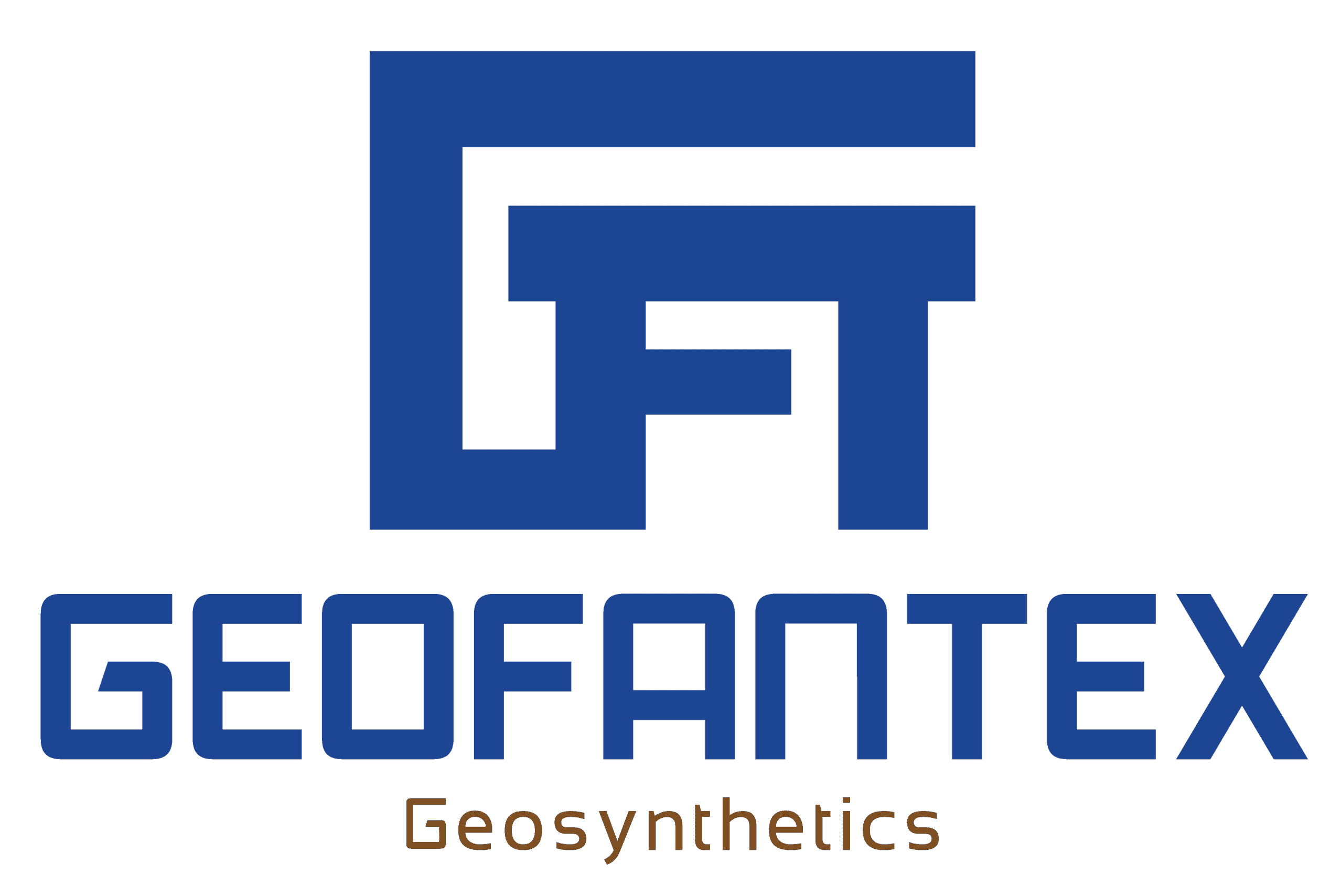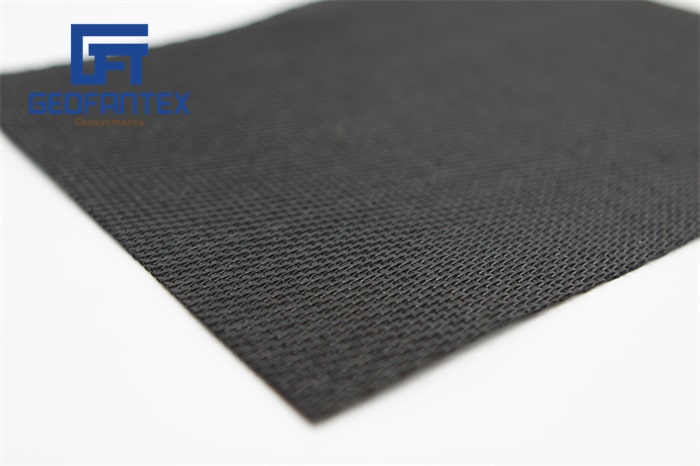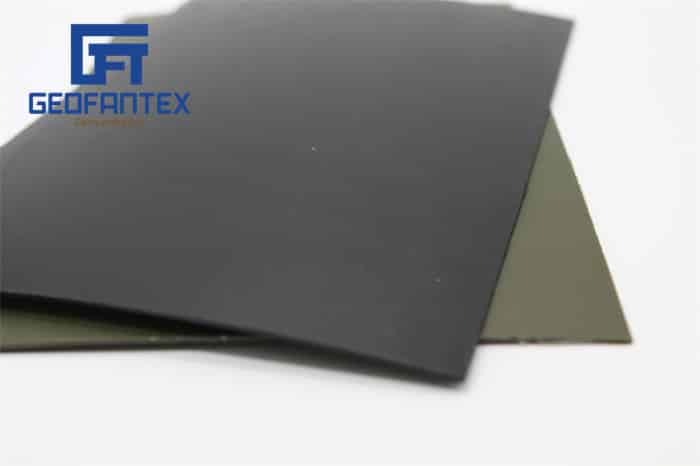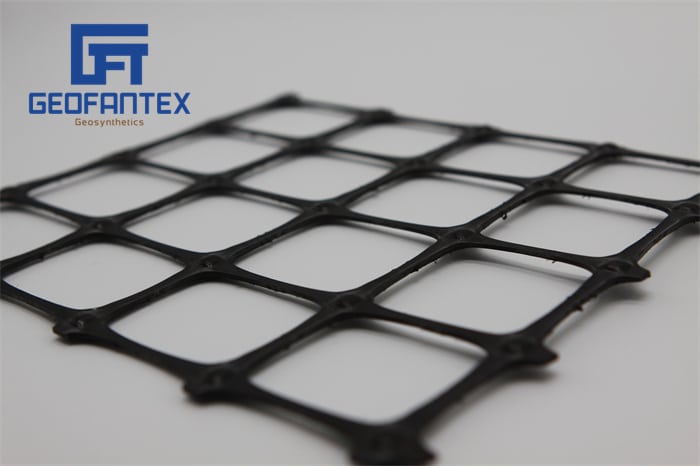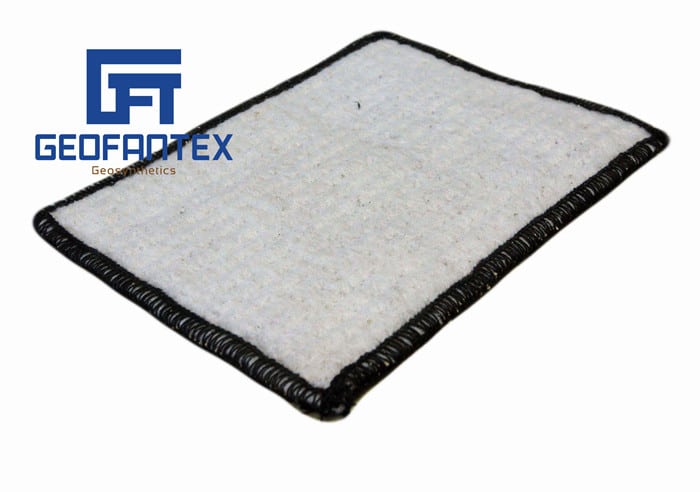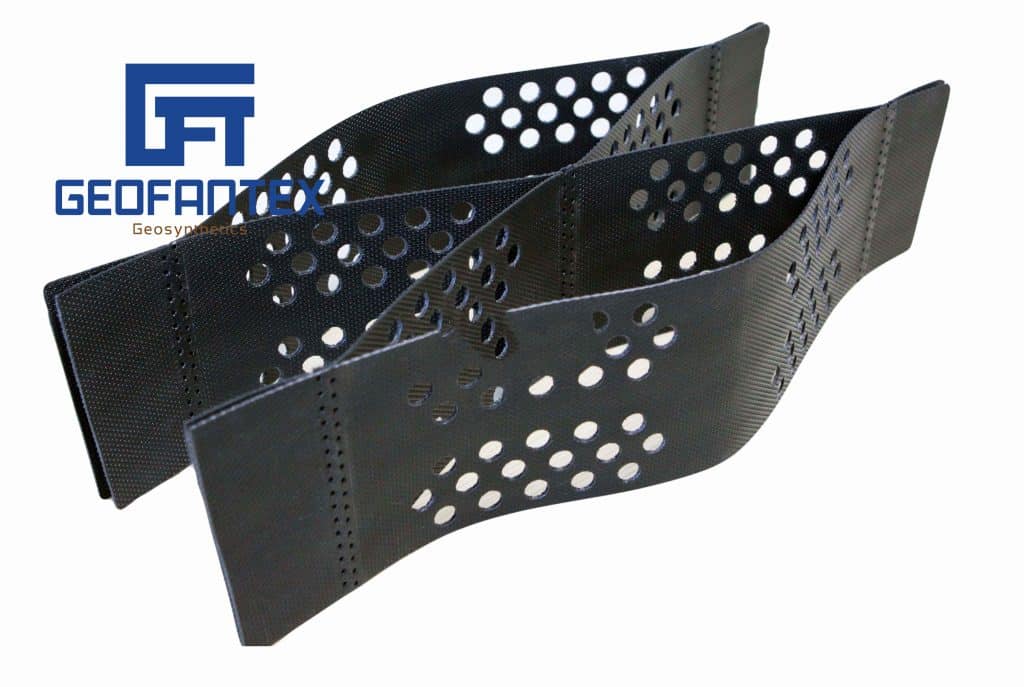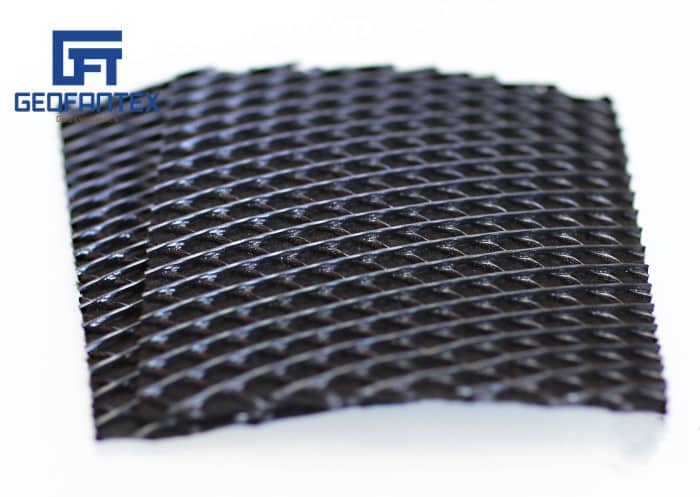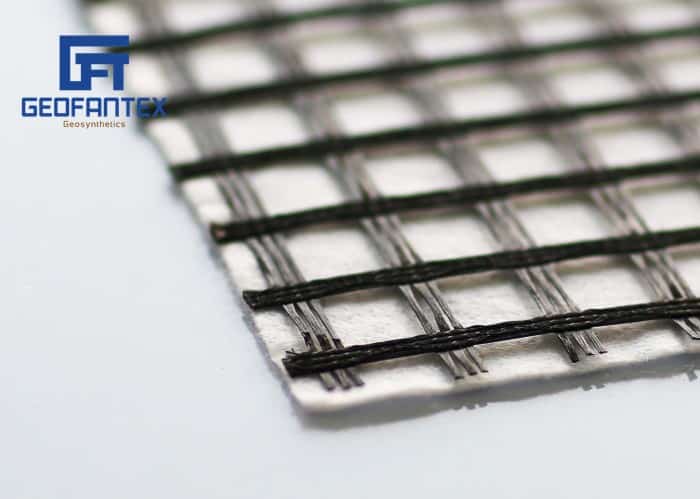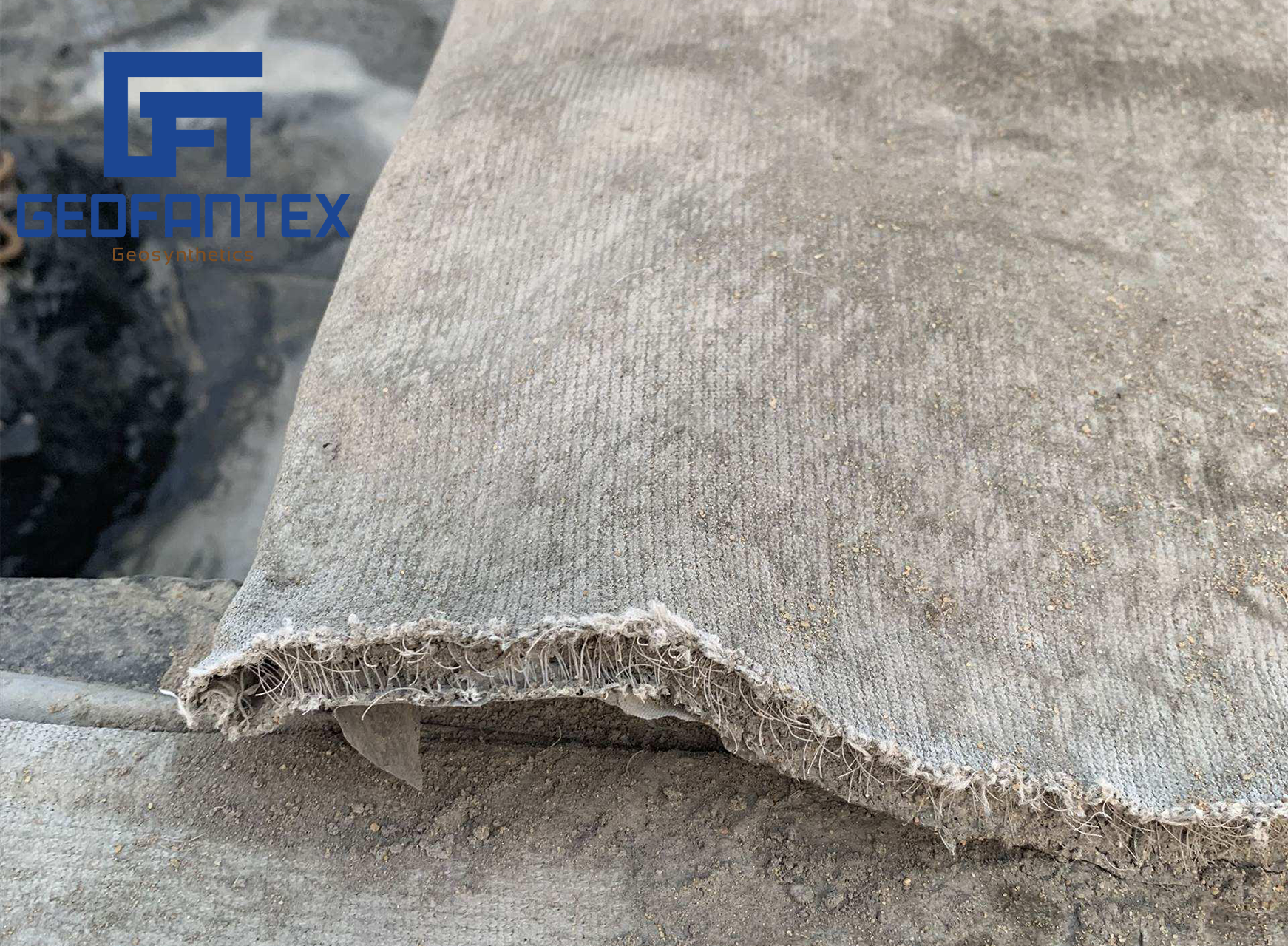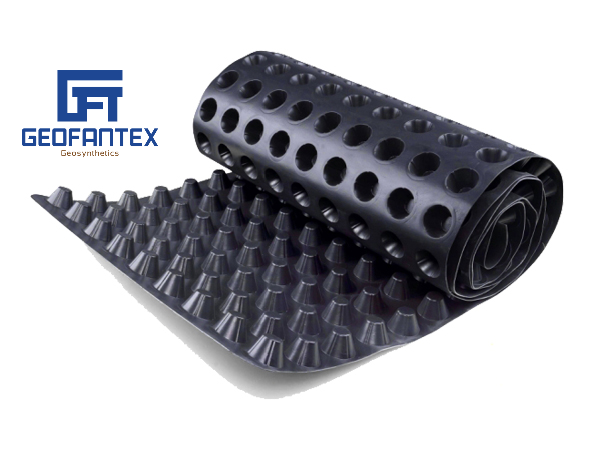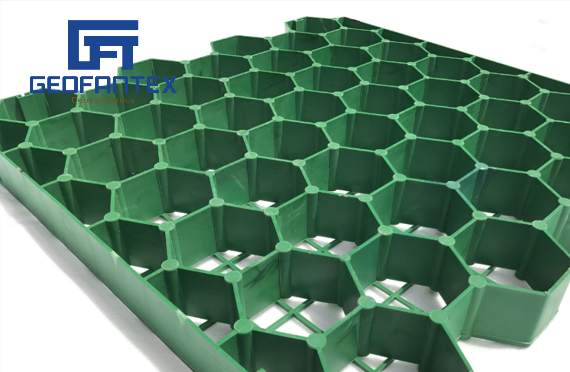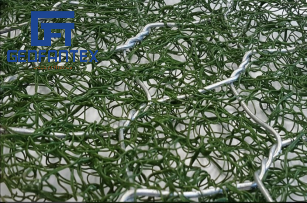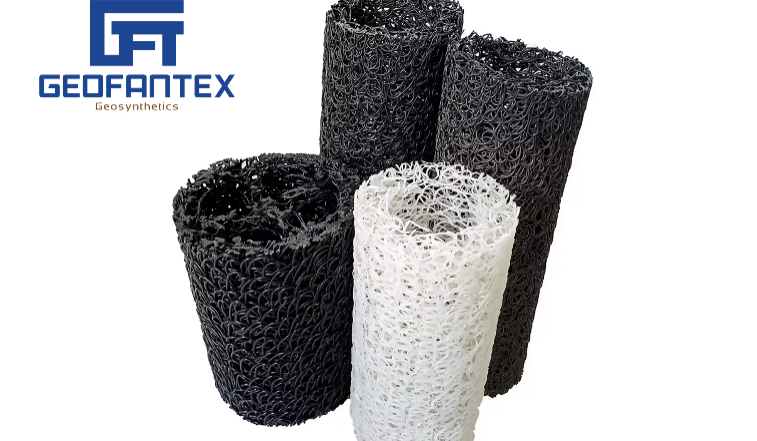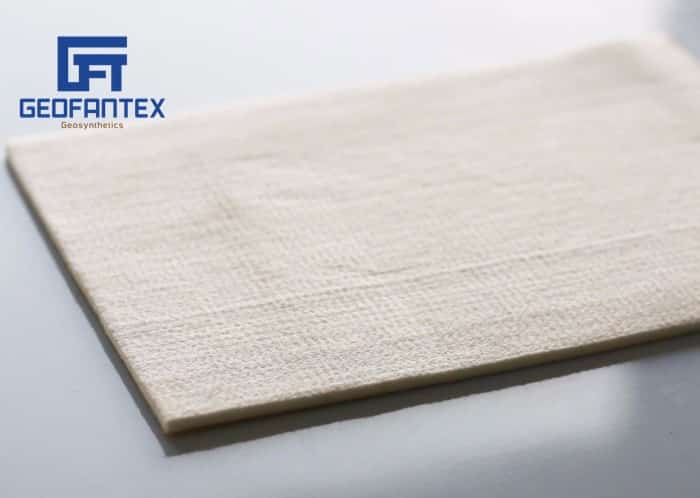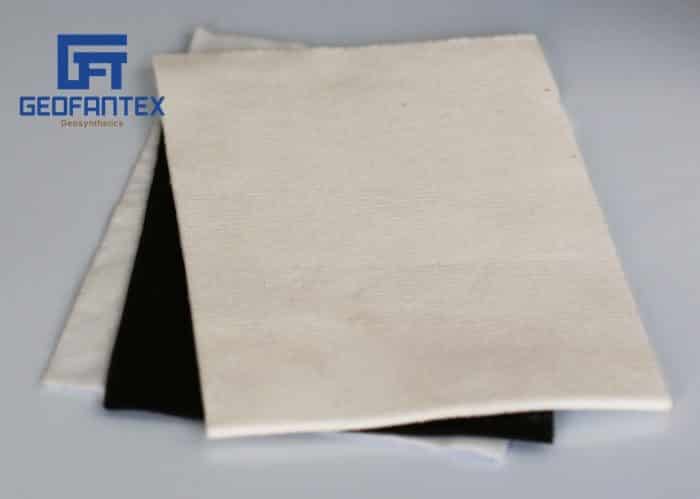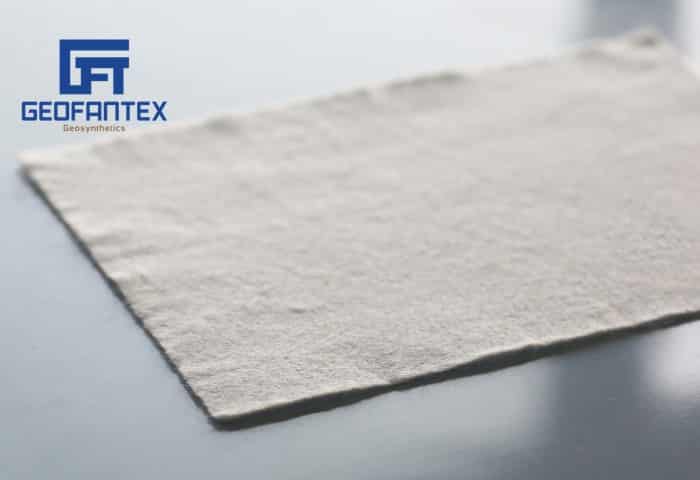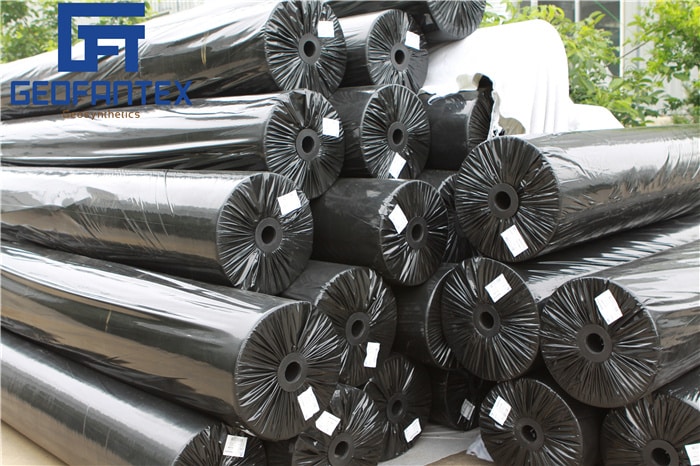+86-159 9860 6917
info@geofantex.com
geofantex@gmail.com
+86-400-8266163-44899
Mulch fabric and geotextile felt serve distinct purposes in landscaping and construction. Mulch fabric, typically made of woven or non-woven polypropylene, is designed to suppress weed growth while allowing water and nutrients to pass through to the soil. It’s commonly used in gardening and landscaping to maintain soil moisture and temperature, reduce erosion, and enhance plant growth. geotextile felt, on the other hand, is engineered for erosion control, soil stabilization, and drainage management in civil engineering projects. It’s often made of polyester or polypropylene and provides strength, filtration, and separation in applications such as road construction, retaining walls, and drainage systems. While both materials offer permeability, mulch fabric primarily targets weed suppression and moisture retention, while geotextile felt focuses on structural support and erosion control.

What is the difference between covering fabric and geofelt?
Composition:
- Covering Fabric: Typically made from materials like polypropylene or polyester. Can be woven or non-woven.
- Geofelt: Usually made from synthetic fibers such as polyester or polypropylene. Often non-woven and needle-punched to enhance strength and durability.
Uses:
- Covering Fabric: Primarily used for weed control in gardening and landscaping. Serves as a protective barrier against soil erosion. Used in various agricultural applications.
- Geofelt: Commonly used in civil engineering projects, such as road construction and landfills. It acts as a separator, filter, and reinforcement material during construction. Used to stabilize soil and provide drainage in landscaping projects.
Advantages:
- Covering Fabric: Lightweight and easy to install. Prevents weed growth effectively. Allows water and nutrients to pass through, promoting healthy plant growth.
- Geofelt: Highly durable and long-lasting. Provides excellent soil stabilization and reinforcement. Enhances drainage and filtration, preventing soil erosion.

Cover Fabrics and Geotextiles: Differences
Covering fabric and felt are two distinct materials used in various applications, mainly related to construction and landscaping. Here are the key differences between them:
Material Composition:
- Covering Fabric: This is typically made from synthetic fibers like polyester or polypropylene. It’s woven or non-woven and designed to be durable and resistant to deterioration from chemical and biological elements.
- Geofelt: Geofelt is a type of geotextile made primarily from polyester or polypropylene fibers but processed to be felt-like. It’s non-woven, making it more flexible and permeable.
Usage:
- Covering Fabric: Often used for erosion control, weed barrier, and to stabilize soil in landscaping. It is also used in drainage applications where water flow needs to be controlled.
- Geofelt: Primarily used for filtration and separation in construction projects. It helps prevent soil particles from mixing with other materials like sand or gravel while allowing water to pass through. It’s often used in road construction, retaining wall construction, and as a protective layer in drainage systems.
Properties:
- Covering Fabric: Typically stiffer and less permeable compared to felt. It’s designed to provide strength and support to prevent the displacement of soil and other materials.
- Geofelt: Highly permeable and excellent at filtration. It’s more flexible, which allows it to conform to irregular surfaces and provide effective separation and filtration under stress conditions.
These distinctions make each material suitable for specific tasks in construction and landscape architecture, based on the needs for durability, permeability, and mechanical protection.
Should you choose fabric covering or geotextile?
The choice between fabric covering and geotextile depends on the specific application:
- Fabric Covering: This is typically used for aesthetic purposes, such as in upholstery or decorative applications, or for lightweight protection. It can also be used for tents, tarps, and outdoor coverings. It’s more flexible and can offer a wider variety of designs and colors.
- Geotextile: This is specifically designed for civil engineering and construction applications. It’s used for soil stabilization, drainage, erosion control, and reinforcement in road construction or landscaping projects. geotextile are durable and provide more functional, structural benefits.
In summary, go for fabric covering for lighter, aesthetic, or decorative uses and geotextile for heavy-duty, structural, and engineering applications.
How do geotextiles contribute to sustainable development?
Geotextil contributes to sustainable development by enhancing environmental protection, improving infrastructure longevity, and reducing resource consumption. Here’s how:
- Soil Erosion Control – geotextile stabilizes soil in slopes, riverbanks, and coastlines, preventing erosion and reducing sedimentation in water bodies.
- Water Conservation – They are used in drainage and filtration systems to manage water efficiently, preventing waterlogging and promoting groundwater recharge.
- Reduced Resource Use – By reinforcing roads and embankments, geotextile minimizes the need for excessive gravel and aggregate, conserving natural resources.
- Extended Infrastructure Lifespan – In road construction, geotextile prevents soil mixing and rutting, reducing maintenance and prolonging service life.
- Waste Management – In landfills, geotextile acts as a liner and filter, preventing contaminants from leaching into the environment.
- Eco-Friendly Construction – Many geotextiles are made from recycled or biodegradable materials, reducing the carbon footprint of construction projects.
By integrating geotextile into civil and environmental engineering projects, industries can promote sustainable and resilient infrastructure while minimizing environmental impact.

Geotextile represents a paradigm shift in the realm of civil engineering, offering unparalleled versatility and performance compared to traditional covering fabrics. Their diverse applications, ranging from soil stabilization to erosion control, underscore their significance in modern infrastructure development. By understanding the distinctions between covering fabric and geotextiles, and recognizing the sustainability benefits they offer, engineers and project managers can make informed decisions to optimize the longevity and resilience of their projects while minimizing environmental impact. Embracing geotextiles is not just a technological advancement but a stride toward a more sustainable and resilient future.



Get Free Sample
We’ll respond as soon as possible(within 12 hours)
